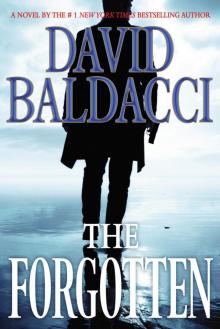 The Forgotten
The Forgotten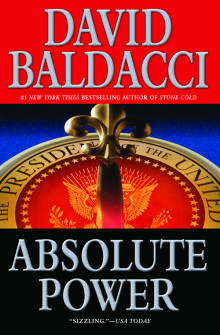 Absolute Power
Absolute Power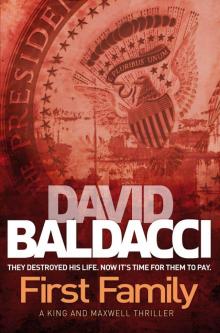 First Family
First Family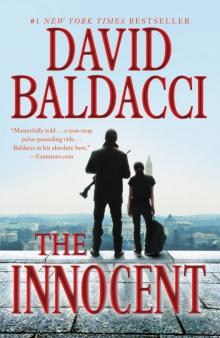 The Innocent
The Innocent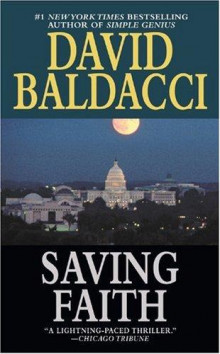 Saving Faith
Saving Faith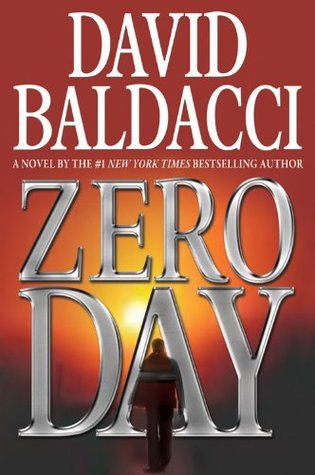 Zero Day
Zero Day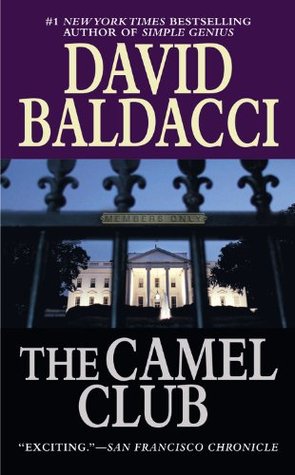 The Camel Club
The Camel Club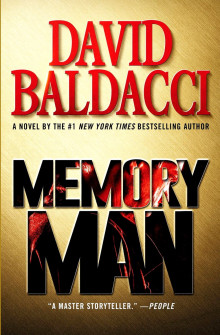 Memory Man
Memory Man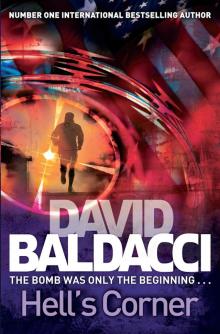 Hells Corner
Hells Corner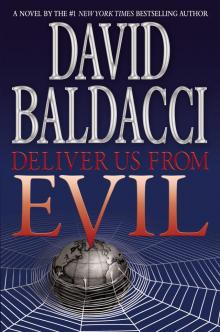 Deliver Us From Evil
Deliver Us From Evil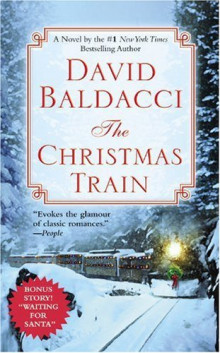 The Christmas Train
The Christmas Train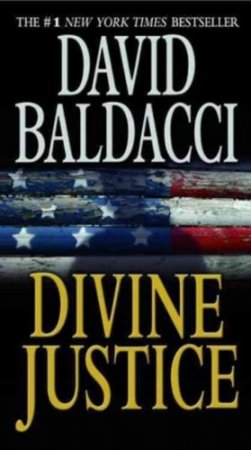 Divine Justice
Divine Justice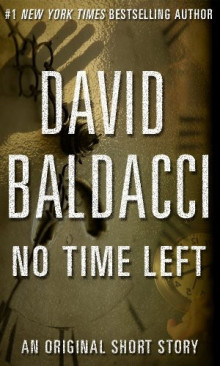 No Time Left
No Time Left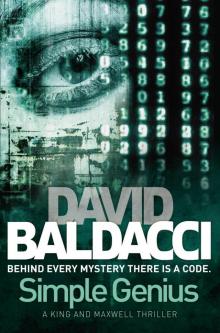 Simple Genius
Simple Genius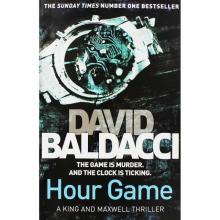 Hour Game
Hour Game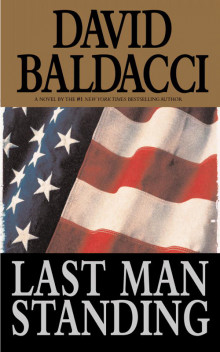 Last Man Standing
Last Man Standing The Collectors
The Collectors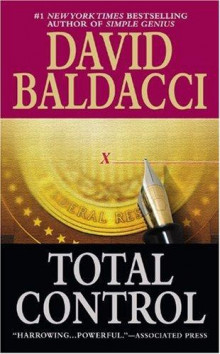 Total Control
Total Control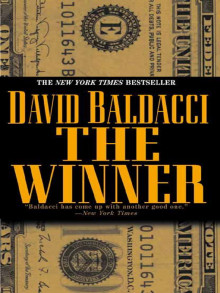 The Winner
The Winner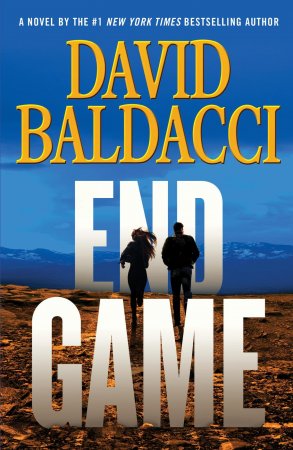 End Game
End Game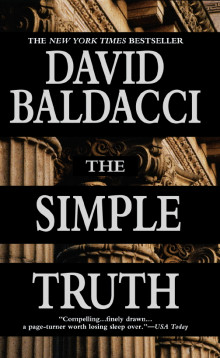 The Simple Truth
The Simple Truth True Blue
True Blue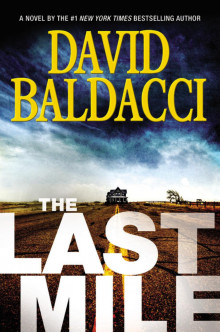 The Last Mile
The Last Mile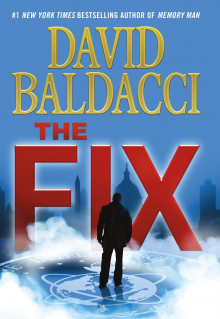 The Fix
The Fix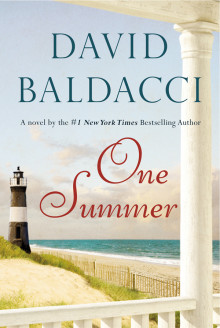 One Summer
One Summer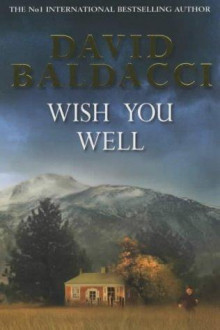 Wish You Well
Wish You Well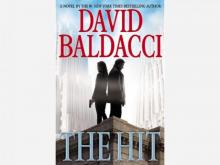 The Hit
The Hit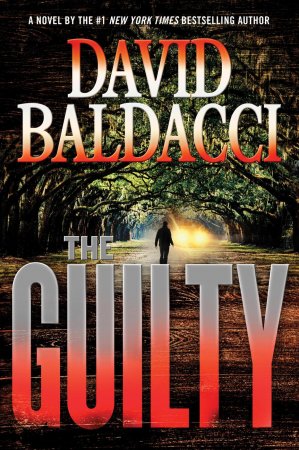 The Guilty
The Guilty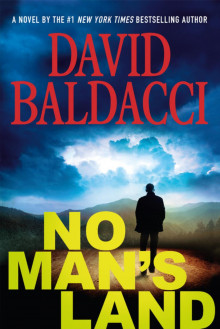 No Man's Land
No Man's Land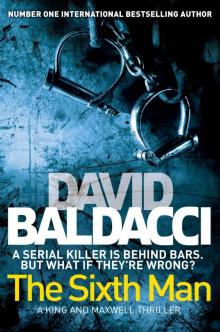 The Sixth Man
The Sixth Man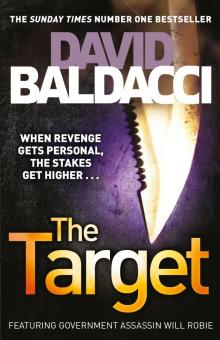 The Target
The Target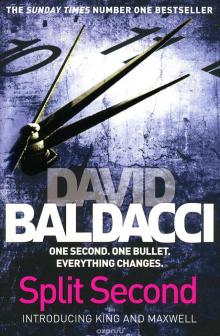 Split Second
Split Second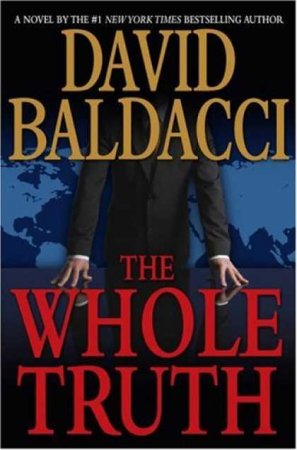 The Whole Truth
The Whole Truth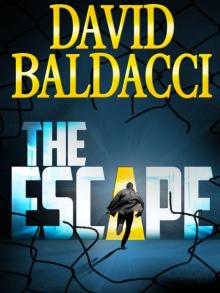 The Escape
The Escape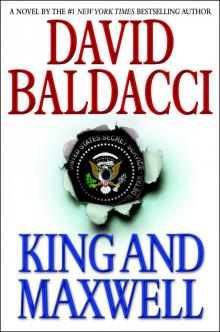 King and Maxwell
King and Maxwell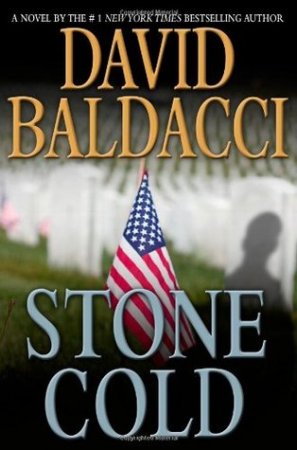 Stone Cold
Stone Cold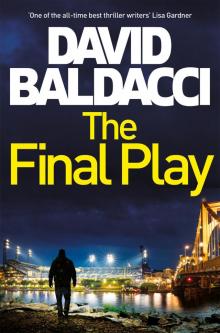 The Final Play
The Final Play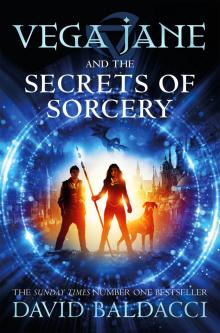 Vega Jane and the Secrets of Sorcery
Vega Jane and the Secrets of Sorcery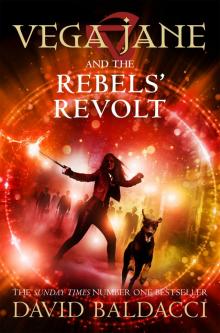 Vega Jane and the Rebels’ Revolt
Vega Jane and the Rebels’ Revolt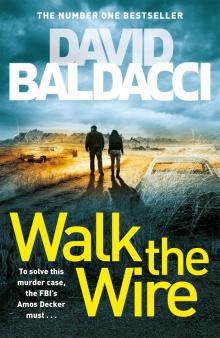 Walk the Wire
Walk the Wire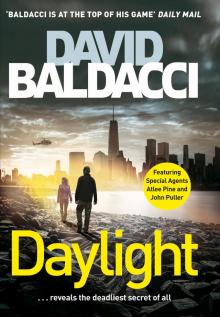 Daylight
Daylight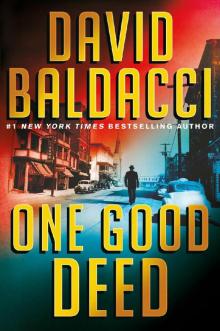 One Good Deed
One Good Deed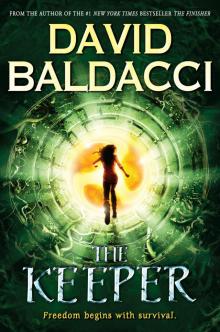 The Keeper
The Keeper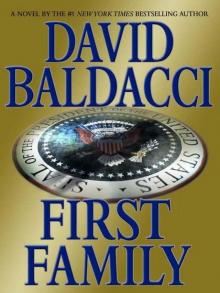 First Family kam-4
First Family kam-4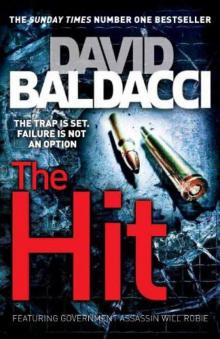 The Hit (2013)
The Hit (2013)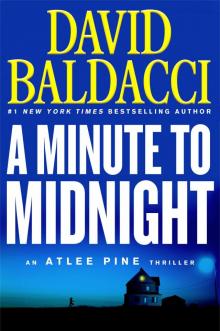 A Minute to Midnight
A Minute to Midnight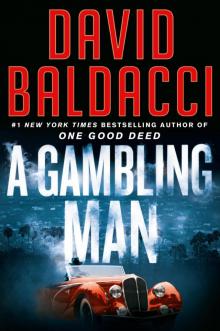 A Gambling Man
A Gambling Man The Fallen
The Fallen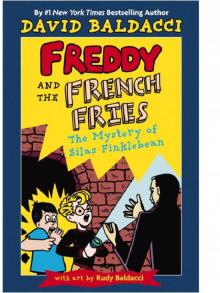 The Mystery of Silas Finklebean
The Mystery of Silas Finklebean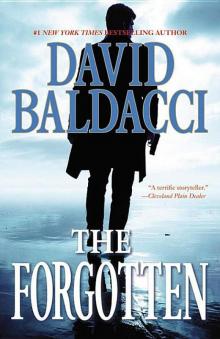 The Forgotten (john puller)
The Forgotten (john puller)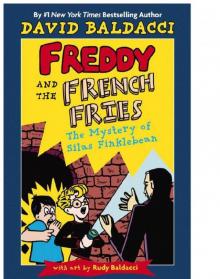 Fries Alive
Fries Alive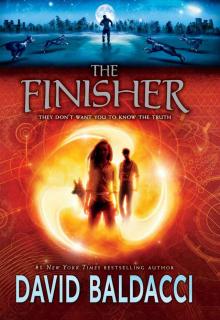 The Finisher
The Finisher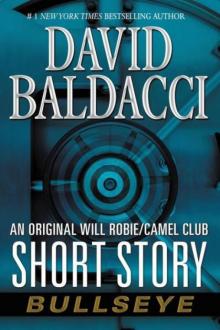 Bullseye: Willl Robie / Camel Club Short Story
Bullseye: Willl Robie / Camel Club Short Story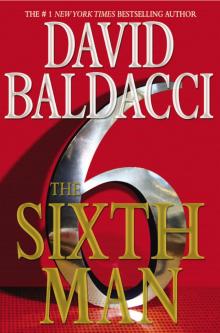 The Sixth Man kam-5
The Sixth Man kam-5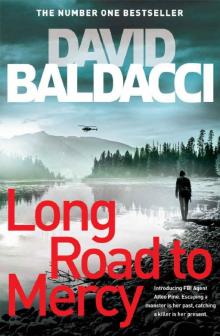 Long Road to Mercy
Long Road to Mercy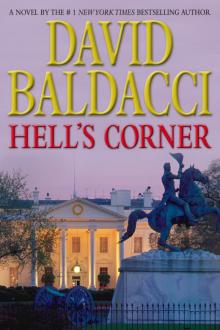 Camel Club 05 - Hell's Corner
Camel Club 05 - Hell's Corner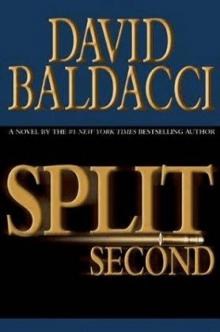 Split Second skamm-1
Split Second skamm-1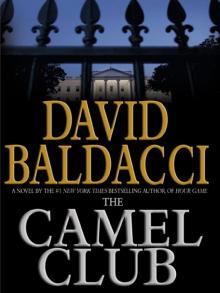 Camel Club 01 - The Camel Club
Camel Club 01 - The Camel Club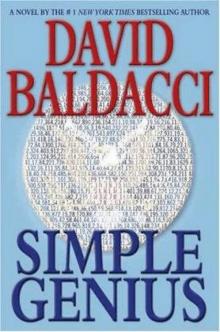 Simple Genius skamm-3
Simple Genius skamm-3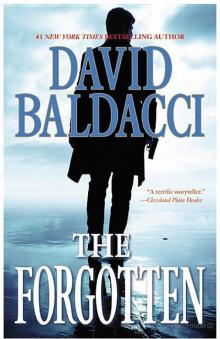 John Puller 02 - The Forgotten
John Puller 02 - The Forgotten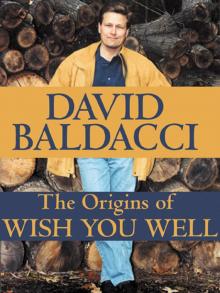 The Origins of Wish You Well
The Origins of Wish You Well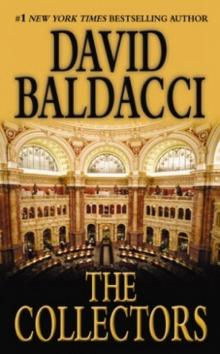 The Collectors cc-2
The Collectors cc-2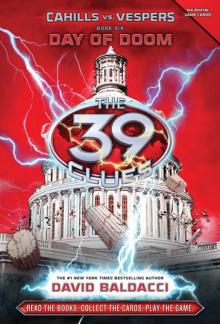 Day of Doom
Day of Doom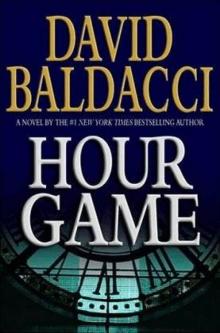 Hour Game skamm-2
Hour Game skamm-2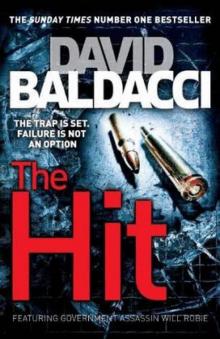 The Hit wr-2
The Hit wr-2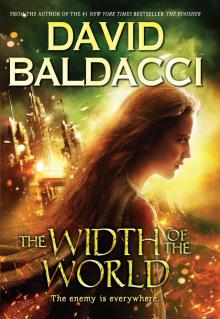 The Width of the World
The Width of the World